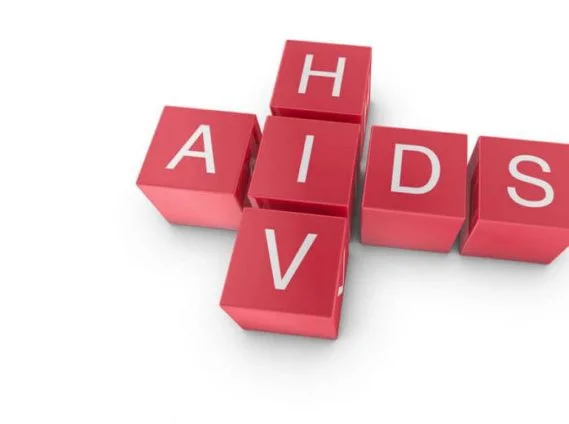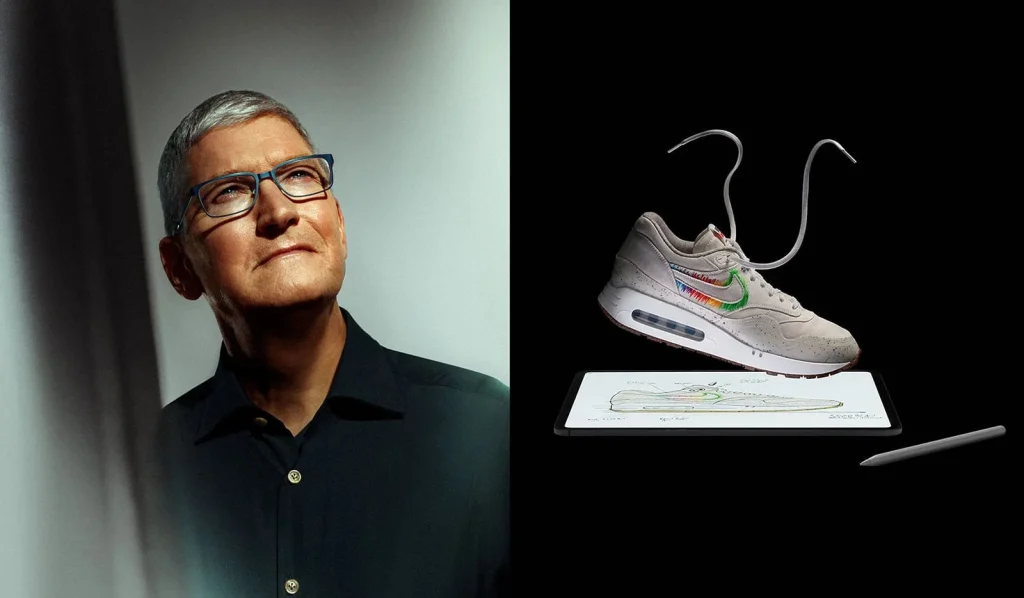In 2022, Ghana spent $126,415,269 on activities related to HIV, which was slightly lower than the $127,828,300 spent in 2021. This represents a one percent drop in total spending between the two years.
Out of the 2022 spending, $51,650,765 came from the government, $20,589,629 from the private sector, and $54,174,875 was contributed by international partners.
This data comes from the National AIDS Spending Assessment (NASA) report, shared by Dr. Kyeremeh Atuahene, Director General of the Ghana AIDS Commission, during a briefing in Accra.
Dr. Atuahene highlighted that international organizations, especially the Global Fund and the U.S. government, provided the largest share of financing for HIV treatment.
Their contributions saw a 3% increase from 2021 to 2022. Additionally, the Ghanaian government’s expenditure on HIV-related activities increased by 19% over the same period.
Breakdown of HIV Spending:
- A significant portion of the funding, about 53%, went to HIV treatment, care, and support services. This amounted to $68,011,545.
- The main group benefiting from these funds was people living with HIV, who received 54% of the total expenditure.
- The general population received 6.2%, while key populations, such as those at higher risk of infection, received 3.5%.
Areas That Need More Focus: The NASA report also highlighted gaps in HIV funding. Areas like social protection, development programs, and HIV-related research received less attention and funding. Dr. Atuahene stressed the importance of focusing more on these areas to strengthen Ghana’s fight against HIV.
HIV Prevention Strategies: In 2022, HIV prevention efforts were centered around five key areas:
- Adults and young people living with HIV
- Key populations at risk of infection
- The use of condoms
- Pre-exposure prophylaxis (PrEP), a medication to prevent HIV infection
- Voluntary Medical Male Circumcision, which reduces the risk of HIV transmission
The Role of NASA: The National AIDS Spending Assessment is conducted annually to track public, private, and international spending on HIV in Ghana.
It supports the National Strategic Plan (NSP) for HIV/AIDS (2021-2025) and helps the country report on its progress to the United Nations General Assembly.
NASA is more than just a financial review. As Dr. Atuahene explained, it is a strategic tool that helps assess the effectiveness of HIV programs, identifies areas for improvement, and aligns resources with the needs of affected communities.
Ghana has been using NASA since 2005 to track its HIV resources. This data has been crucial in shaping and improving the country’s HIV response, ensuring that the funding reaches the people and programs that need it most.
Additional Statistics: In recent years, international donors have played a critical role in HIV funding in Ghana. For example, the Global Fund to Fight AIDS, Tuberculosis, and Malaria has committed over $47 million to HIV-related programs in Ghana since 2002.
The U.S. President’s Emergency Plan for AIDS Relief (PEPFAR) also contributes millions annually to support HIV prevention and treatment.
Ghana is aiming to achieve the UNAIDS 95-95-95 target, which means ensuring that 95% of people living with HIV know their status, 95% of those diagnosed are on treatment, and 95% of those on treatment have suppressed viral loads by 2030.
These goals require sustained and possibly increased funding in the coming years to effectively manage and eventually end the HIV epidemic in the country.























